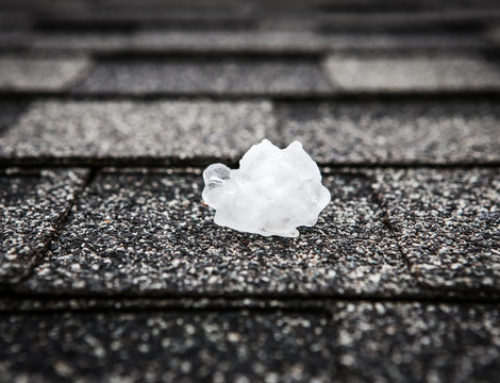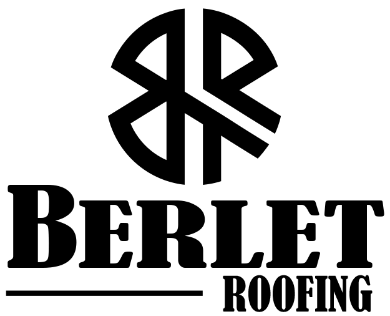We have made it to August, or as we like to call it, ‘the Sunday of summer’. It has certainly been a great summer season and although long sunny days will soon be winding down, we still have plenty of summertime left to enjoy. And while we have seen our share of storms over the last few months, there is one element that is a constant when it comes to wear and tear on your roof: the sun! Heat damage is no joke when it comes to maintaining the integrity of your roof.
All across Colorado, and the nation for that matter, we have experienced brutal heat and intense sun-rays; and while your roof can withstand many weather extremes, a constant beating of sunshine can lead to heat damage – and will have killer effects on it. Here is what can cause damage to your roof, and what kinds of heat damage to look for.

These are the elements that will lead to heat damage over time:
-
UV Rays
Your roof is constantly exposed to UV rays, even on cloudy days, and this exposure increases considerably during the long summer days with all those extra hours of sunlight. UV rays dry out the oils in the materials your roof is made of. Wood can become bleached, weaken and crack, especially if it is untreated, and asphalt shingles can buckle and possibly split.
-
Heat
Your roof bears the brunt of the sun’s intensity and is exposed to a lot of heat during the summer. A roof without shade can reach temperatures of over 150 degrees on a day when the air temperature alone is 90. This expedites the damaging effect of the UV rays and can ultimately lead to other problems, such as condensation. For example, if your attic is not properly ventilated, heat will build up in it, raising the temperature inside your home and causing condensation problems.
-
Thermal Shock
Your roof can reach incredibly high temperatures during the day and tends to cool off rapidly once the sunsets. This causes the materials on your roof to expand and contract relatively quickly. This quick change can weaken the materials and they will lose some of their structural integrity over time. This is particularly true for metal, which can warp out of shape and lead to gaps appearing between metal elements of your roof and the rest of the structure.
Here are a few ways the UV rays, heat and thermal shock can create problems to your roof materials:

-
Warping
If you’re noticing that some of the shingles on your roof are starting to curl or bend upwards, it may be due to the intense heat or sun. Older shingles that are easily affected by prolonged heat or sunshine can show these effects. This type of warping will only get worse as time goes on, so it’s important to call in an expert to check on the status of your shingles.
-
Cracking
Shingles on your roof may also start cracking when the sun or heat starts to get to them. As shingles start to curl, it creates tension, which causes a lot of strain that will often lead to cracking in the shingle. Shingle cracking should be repaired as soon as possible as cracked shingles will always lead to more roofing damage when left untreated.
-
Decaying
When exposed to relentless heat and sun, especially in the high Rockies, the shingles on your roof can start to experience decay. Newer shingles tend to hold up relatively well in the heat; it’s generally older roofs where the shingles start to show decay due to the sun.
The good news is that the damage caused by heat and other factors during summer is cumulative, meaning it builds up over time, and your roof isn’t going to crumble and turn to dust after one week of extra-warm weather. Knowing what to look for and keeping an eye out for any developing issues and dealing with them promptly will save you money in the long run.
Have you noticed any signs of heat exhaustion on your roof? Give Berlet Roofing a call or contact us for a free estimate! We’ve got you covered. (970) 846 – 9816.






